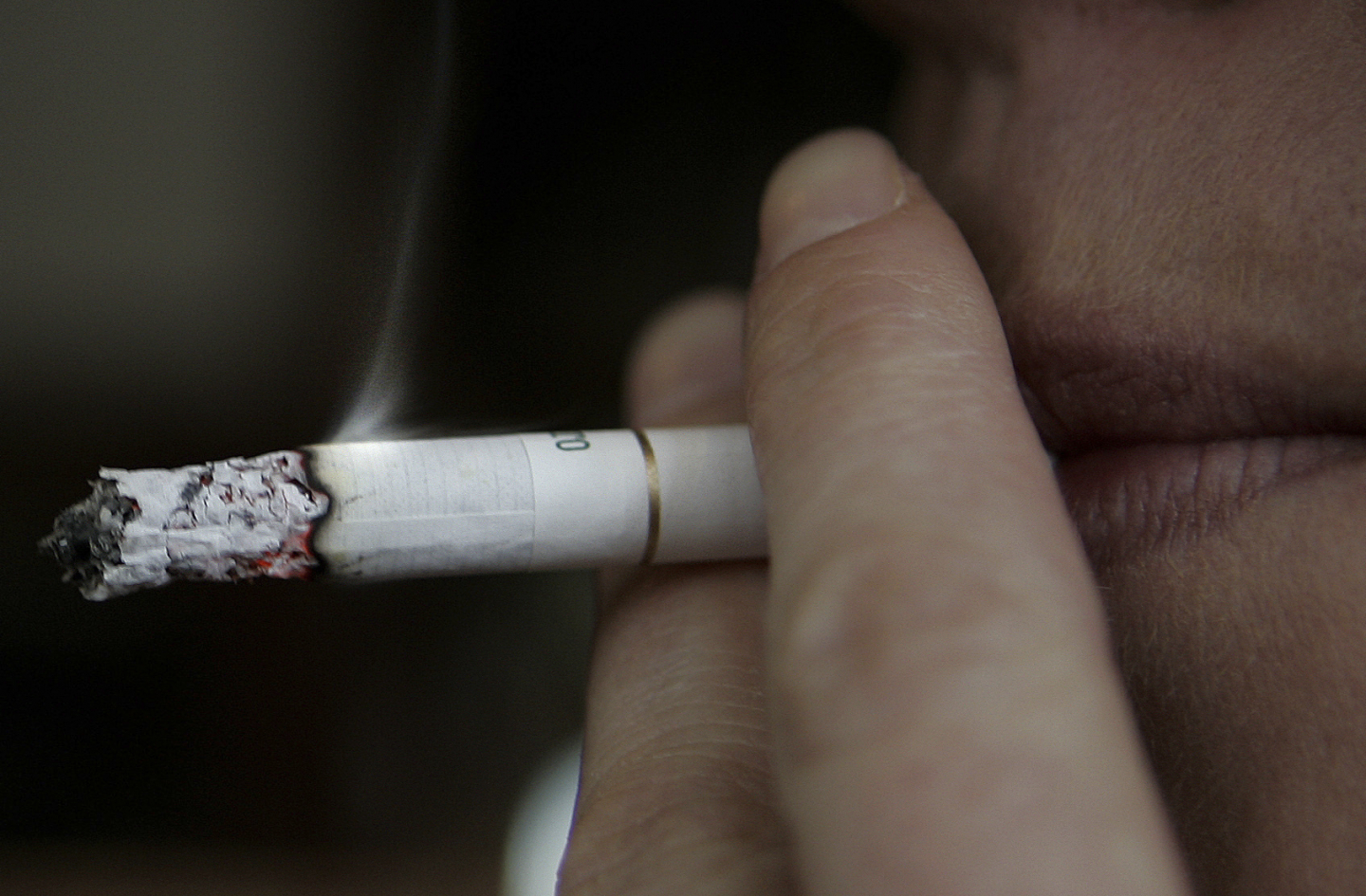Legislative Proposal in Pennsylvania Aims to Enhance Child Mental Health Services in Alignment with Sustainable Development Goals
Introduction: Addressing a Public Health Crisis in Line with SDG 3
A legislative proposal is being developed in the Pennsylvania House of Representatives to address a significant public health issue: the children’s mental health crisis. This initiative directly supports the United Nations’ Sustainable Development Goal 3 (Good Health and Well-being) by seeking to reduce barriers to mental health care for school-aged children. The proposed bill focuses on integrating mental health services within educational settings, a strategy designed to improve accessibility and align with SDG 4 (Quality Education), as mental well-being is a prerequisite for effective learning.
The State of Child Mental Health in Pennsylvania
According to the National Alliance on Mental Illness (NAMI) Keystone Pennsylvania, the current situation represents a crisis that undermines progress toward SDG 3. Key statistics highlight the gap between need and access:
- An estimated 98,000 children in Pennsylvania, aged 12 to 17, are diagnosed with depression.
- A majority of these children, 57 percent, are unable to receive any form of care.
- This disparity underscores a critical inequality in healthcare access, a challenge addressed by SDG 10 (Reduced Inequalities).
Christine Michaels, CEO of NAMI Keystone Pennsylvania, emphasized that the primary need is for timely access to care, which the current system fails to provide for a significant portion of the youth population.
Proposed Solution: An Interstate Compact for School Psychologists
The forthcoming legislation, championed by State Representative Manuel Guzman Jr., proposes a strategic solution to address the critical shortage of mental health professionals in schools. The core of the proposal involves Pennsylvania joining the Interstate Compact for School Psychologists.
Objectives of the Compact:
- Enhance Professional Mobility: The compact would allow licensed school psychologists from member states to obtain credentials to practice in Pennsylvania, thereby expanding the available pool of qualified professionals.
- Address Worker Shortages: The National Association of School Psychologists recommends a ratio of one psychologist for every 500 students. The national average is nearly double that, at one for every 1,000 students, indicating a severe workforce deficit that this compact aims to mitigate.
- Improve Service Delivery: By increasing the number of available psychologists, the initiative aims to bring mental health services directly into schools, where children spend a majority of their time.
Alignment with Global Sustainable Development Goals
This legislative effort contributes directly to several interconnected SDGs, positioning Pennsylvania to make measurable progress on a global framework for sustainable development.
- SDG 3 (Good Health and Well-being): The primary goal is to promote mental health and well-being for children, a key target of SDG 3. Providing evaluation and treatment in schools is a direct intervention to achieve this.
- SDG 4 (Quality Education): By ensuring students have access to mental health support, the initiative helps create a safer and more effective learning environment, which is fundamental to achieving quality education for all.
- SDG 10 (Reduced Inequalities): School-based services can significantly reduce disparities in access to care, ensuring that more children, regardless of their family’s socioeconomic status, can receive necessary mental health support.
- SDG 17 (Partnerships for the Goals): Joining an interstate compact is a clear example of forming partnerships to achieve common goals. This collaborative approach between states is essential for addressing complex challenges like healthcare worker shortages.
The bill is expected to be formally introduced in the coming weeks, with advocates hopeful that its passage will represent a significant step forward in ensuring the health, well-being, and educational success of Pennsylvania’s children.
1. SDGs Addressed or Connected to the Issues
SDG 3: Good Health and Well-being
- The article’s primary focus is on the mental health crisis among children in Pennsylvania. It highlights the need to reduce barriers to mental health care, directly aligning with the goal of ensuring healthy lives and promoting well-being for all at all ages. The text states, “The children’s mental health is in a crisis state,” and discusses efforts to get “services directly to kids in schools.”
SDG 4: Quality Education
- The proposed solution to the mental health crisis is school-based. By bringing mental health services into schools, the initiative aims to create a more supportive and effective learning environment. As stated in the article, “If you can bring mental health into the schools, then you can get to the kids faster.” This supports the idea that a student’s well-being is integral to their ability to receive a quality education.
SDG 10: Reduced Inequalities
- The article points out a significant inequality in access to care. It mentions that “98,000 kids between the ages of 12 and 17 are diagnosed with depression, but 57 percent of them are not able to receive care.” The proposed legislation aims to reduce this disparity by increasing the number of available school psychologists, thereby ensuring more equitable access to essential health services for children, regardless of their circumstances.
2. Specific Targets Identified
Targets under SDG 3: Good Health and Well-being
- Target 3.4: By 2030, reduce by one third premature mortality from non-communicable diseases through prevention and treatment and promote mental health and well-being. The article directly addresses the promotion of mental health and well-being by proposing a bill to improve access to care for children with depression. The goal is to get children “seen and getting treated and evaluated.”
- Target 3.8: Achieve universal health coverage, including… access to quality essential health-care services… for all. The article highlights a major gap in health coverage, where 57% of children with depression cannot get care. The proposed Interstate Compact for School Psychologists is a direct attempt to increase the workforce and improve access to these essential services.
Targets under SDG 4: Quality Education
- Target 4.a: Build and upgrade education facilities that are child, disability and gender sensitive and provide safe, non-violent, inclusive and effective learning environments for all. Providing mental health support within schools is a key component of creating a safe, inclusive, and effective learning environment. The presence of school psychologists helps address students’ needs, making the school environment more conducive to learning.
Targets under SDG 10: Reduced Inequalities
- Target 10.3: Ensure equal opportunity and reduce inequalities of outcome, including by eliminating discriminatory… practices and promoting appropriate legislation… The proposed bill is an example of “appropriate legislation” designed to reduce an inequality of outcome—the disparity in access to mental health care for children. It aims to close the gap for the 57% who currently go without treatment.
3. Indicators Mentioned or Implied
Indicators for SDG 3 Targets
- Implied Indicator for Target 3.4: The article provides a baseline measure of the problem: “98,000 kids between the ages of 12 and 17 are diagnosed with depression.” The success of the initiative could be measured by tracking the reduction in the number of untreated cases over time.
- Indicator for Target 3.8: The article implicitly refers to health worker density (Indicator 3.8.c). It states that the National Association of School Psychologists recommends a ratio of “one for every 500 students, but the national average is nearly double that.” This ratio serves as a direct indicator of the “critical worker shortage” and a metric to track improvement. The statistic that “57 percent of them are not able to receive care” serves as a measure of the coverage of essential health services (related to Indicator 3.8.1).
Indicators for SDG 4 Targets
- Implied Indicator for Target 4.a: The number of school psychologists available per student is a key indicator of a supportive school environment. The article uses the ratio of psychologists to students (“one for every 500 students”) as a benchmark for what constitutes an effective environment, implying that progress towards this ratio is a measure of success.
Indicators for SDG 10 Targets
- Indicator for Target 10.3: The percentage of children with a specific health need (depression) who are unable to access care (“57 percent”) is a direct indicator of inequality. A reduction in this percentage would signify progress toward reducing this inequality of outcome.
4. Summary Table of SDGs, Targets, and Indicators
| SDGs | Targets | Indicators |
|---|---|---|
| SDG 3: Good Health and Well-being |
3.4: Promote mental health and well-being.
3.8: Achieve universal health coverage and access to quality essential health-care services. |
– Percentage of children with depression who are not receiving care (mentioned as 57%). – Ratio of school psychologists to students (mentioned national average is nearly 1:1000 vs. recommended 1:500). |
| SDG 4: Quality Education | 4.a: Provide safe, inclusive and effective learning environments for all. | – The availability of mental health services and personnel within schools, measured by the psychologist-to-student ratio. |
| SDG 10: Reduced Inequalities | 10.3: Ensure equal opportunity and reduce inequalities of outcome through appropriate legislation. | – The disparity in access to mental health care, measured by the percentage of diagnosed children unable to receive services (57%). |
Source: cbsnews.com







